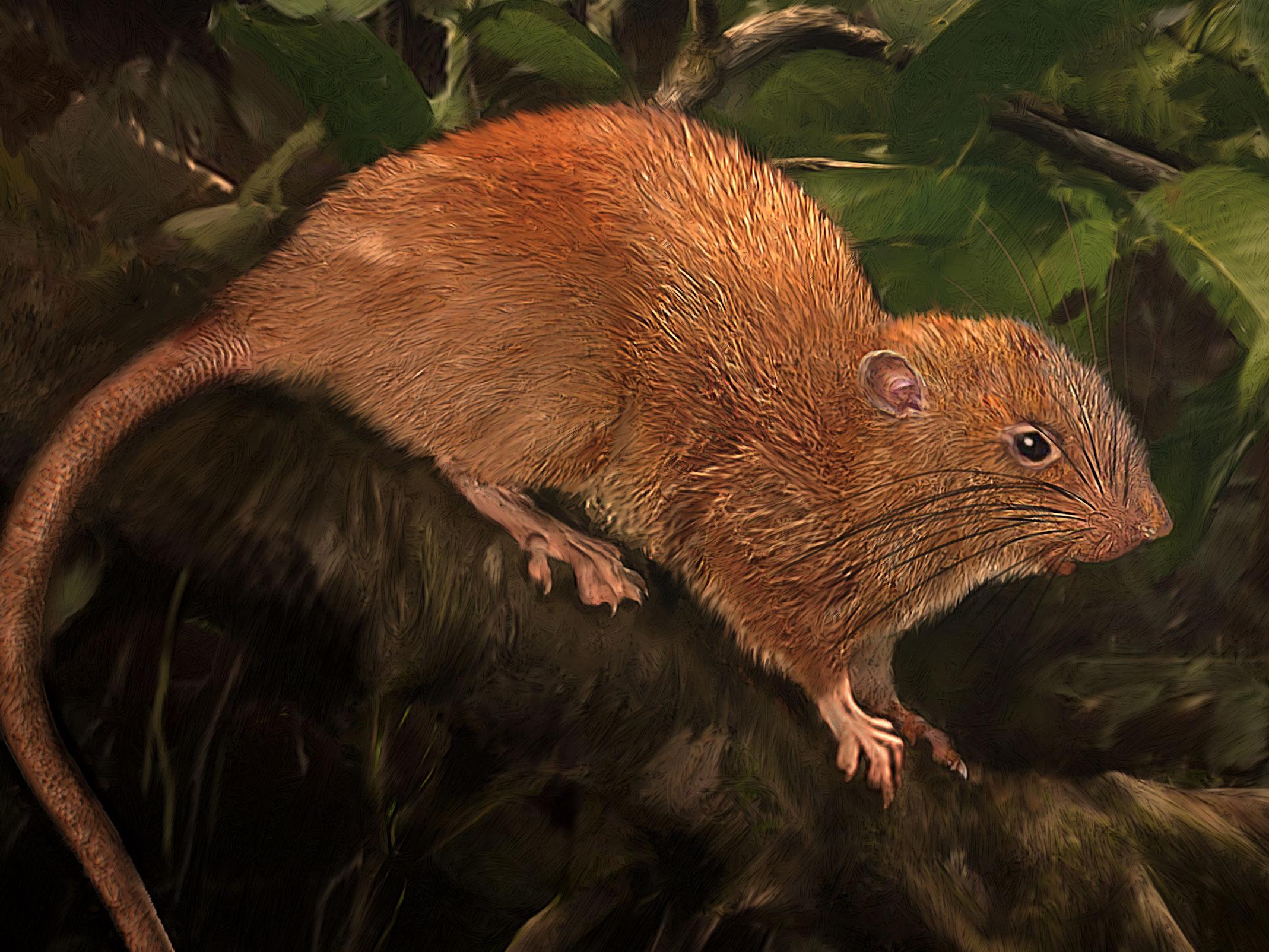New species of giant rat that can crack open coconuts with its teeth discovered in Solomon Islands
The 'vika' rat is already believed to be critically endangered

Your support helps us to tell the story
From reproductive rights to climate change to Big Tech, The Independent is on the ground when the story is developing. Whether it's investigating the financials of Elon Musk's pro-Trump PAC or producing our latest documentary, 'The A Word', which shines a light on the American women fighting for reproductive rights, we know how important it is to parse out the facts from the messaging.
At such a critical moment in US history, we need reporters on the ground. Your donation allows us to keep sending journalists to speak to both sides of the story.
The Independent is trusted by Americans across the entire political spectrum. And unlike many other quality news outlets, we choose not to lock Americans out of our reporting and analysis with paywalls. We believe quality journalism should be available to everyone, paid for by those who can afford it.
Your support makes all the difference.A new species of rat that is nearly half a metre long and can reputedly crack open coconuts with its teeth has been discovered on the Solomon Islands.
However the animal, unique to the remote Pacific islands, may soon become extinct as forestry companies are cutting down the rainforest where it lives.
For years, local people had told scientists about the “vika”. But, after searching without success, the scientists had begun to doubt the stories of a giant, tree-dwelling rat.
So much so that a press release issued by Chicago’s Field Museum compared the search to the comedy fantasy film The Princess Bride, in which the characters debate the existence of “Rodents of Unusual Size” and then get attacked by them.
One of the museum’s scientists, Dr Tyrone Lavery, who took part in the scientific discovery of the species, said: “When I first met with the people from Vangunu Island in the Solomons, they told me about a rat native to the island that they called vika, which lived in the trees.
“I was excited because I had just started my PhD, and I'd read a lot of books about people who go on adventures and discover new species.”
But, as their searches drew a blank, he said he “started to question if it really was a separate species, or if people were just calling regular black rats 'vika’”.
However, the local people were proved right when one was spotted running from a felled tree.
“As soon as I examined the specimen, I knew it was something different,” Dr Lavery said.
“There are only eight known species of native rat from the Solomon Islands, and looking at the features on its skull, I could rule out a bunch of species right away.”
DNA analysis later confirmed that it was a separate species and it was given the Latin name, Uromys vika in honour of the local name.
“This project really shows the importance of collaborations with local people,” Dr Lavery said.
And he added that the new species was “pretty spectacular”.
“It's a big, giant rat. It’s the first rat discovered in 80 years from Solomons, and it's not like people haven't been trying – it was just so hard to find,” he said.
Explaining the previous failed efforts to find it, Dr Lavey said: “If you're looking for something that lives on the ground, you're only looking in two dimensions, left to right and forward and backward.
“If you're looking for something that can live in 30-foot-tall trees, then there's a whole new dimension that you need to search.”
Typically, rats in the US weigh about 200 grams, but the vika rats weigh up to a kilogramme, five times as much. From nose to tail, it is about 45cm or 18 inches long.
The scientists said they had not yet witnessed the rats cracking open coconuts, but said they did chew circular holes in the shells of nuts.
The Solomon Islands, which lie about 1,000 miles north-east from Australia, between Papua New Guinea and Vanuatu, are home to many species not found anywhere else.
Dr Lavery said: “Vika's ancestors probably rafted to the island on vegetation, and once they got there, they evolved into this wonderfully new species, nothing like what they came from on the mainland.”
Vika are expected to be quickly designated as critically endangered as timber companies cut down its rainforest habitat.
“It's getting to the stage for this rat that, if we hadn't discovered it now, it might never have gotten discovered,” Dr Lavery said.
“The area where it was found is one of the only places left with forest that hasn't been logged.
“It's really urgent for us to be able to document this rat and find additional support for the Zaira Conservation Area on Vangunu where the rat lives.
“These animals are important parts of culture across Solomon Islands – people have songs about them, and even children's rhymes like our 'This little piggy went to market.'"
A paper in the Journal of Mammalogy described the new species.
Join our commenting forum
Join thought-provoking conversations, follow other Independent readers and see their replies
Comments